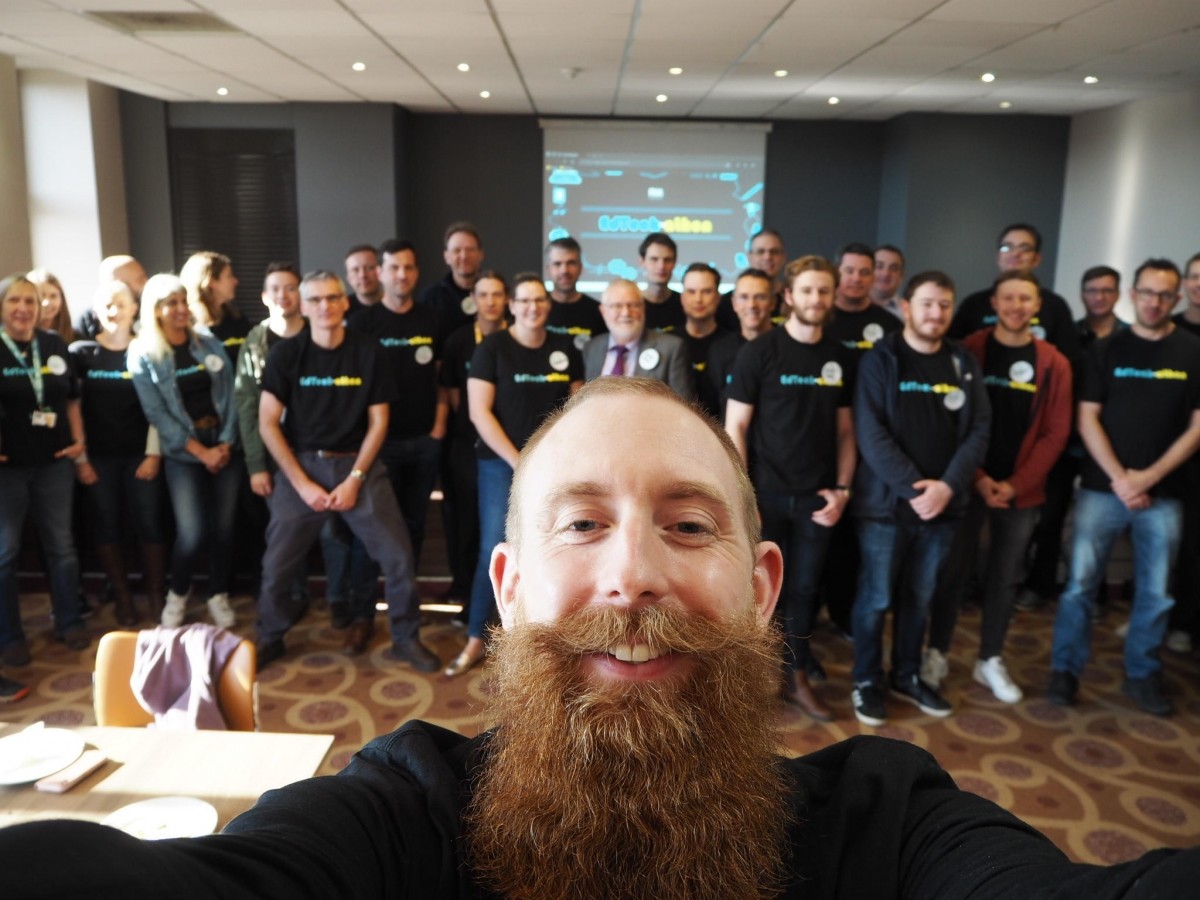This two-day event saw 120 staff from across the leading EdTech business, RM Education (and its sister company RM Results), brought together at three sites across two continents, to explore the challenges faced by schools today, and work on the development of new products and services that will benefit both teachers and learners.
46 people in Oxford, 26 in Glasgow and 50 in Trivandrum, India took part in this first event of its kind, and the results were judged by an external panel including a Multi Academy Trust Leader, a Deputy Head, a Network Manager, and the Head of Innovation for the Ministry of Defence. Of 76 ideas initially submitted by these 120 employees, 18 were shortlisted by the judging panel and progressed during the EdTech-athon. All of the ideas addressed different customer needs – from supporting teacher workload to optimising insights, improving filtering systems to maximising data security.
The idea declared the overall winner at the event is “TrainTrak”. An idea developed by one of the teams which provides technical assistance to customers, keeping them working and giving their senior leadership team data and insights to help target training needs of their team.
James Browning, Head of Digital Platforms at RM Education comments: “We work with thousands of schools, and we know our team have great ideas for how to meet the changing demands of education providers. This two-day event allowed colleagues in all departments to have their ideas explored and developed. The results have given us some tremendously exciting areas to develop right across our business, utilising a number of emerging technologies from automating tasks (using technology such as facial and voice recognition), to augmented reality and artificial intelligence”.





